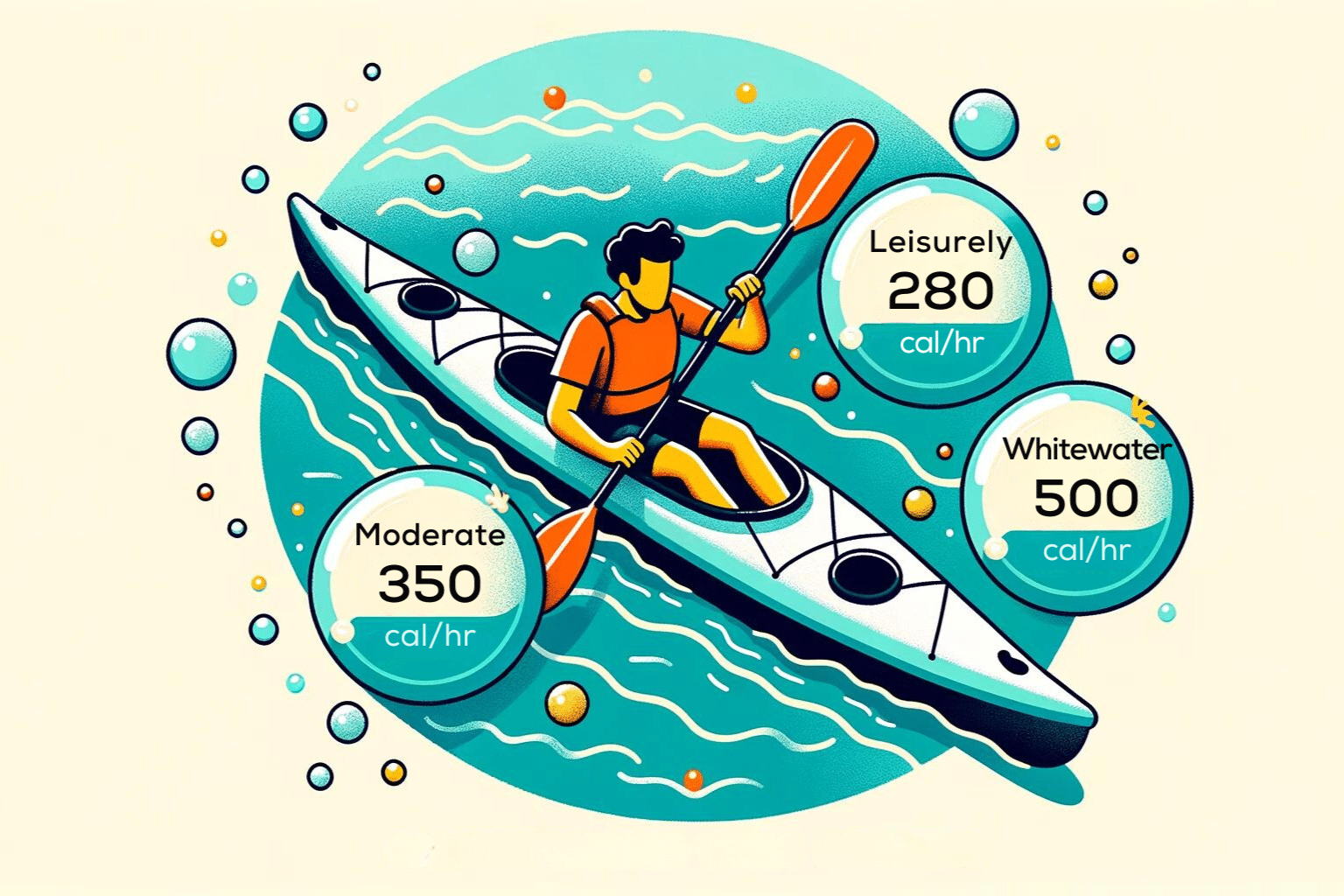Kayaking isn’t just a thrilling way to explore rivers, lakes, and oceans—it’s also an exceptional form of physical activity that can seamlessly integrate into your fitness routine. The rhythmic paddling, the balance required to stay upright, and the pure joy of being on the water make kayaking a captivating sport. But beyond its allure as a recreational activity, it’s also a potent calorie burner.
So, How Many Calories Does Kayaking Burn? You can burn approximately 300-400 calories per hour kayaking at a moderate pace. However, this number can vary based on several factors like your weight, the type of kayaking you’re doing, and the intensity of your paddling.
In this comprehensive guide, you’ll dive deeper into the metrics of kayaking as an exercise. You’ll learn about how to calculate the exact number of calories you’ll burn, the factors that influence this rate, and how kayaking compares to other forms of exercise. We’ll also delve into the health benefits that accompany this engaging sport, and by the end of this post, you’ll know precisely how kayaking can help you shed those extra calories. So gear up, we’re about to embark on an exciting fitness journey!

Key Takeaways
☑️ How does kayaking burn calories compared to other exercises? Kayaking burns approximately 300-500 calories per hour, which can increase with intensity, weight, and water conditions. It stands out for its full-body engagement compared to the lower calorie burn from walking.
☑️ What factors affect calorie burn in kayaking? Your weight, paddling speed, and the water’s conditions are significant factors. Rougher waters and faster paddling increase the intensity, leading to a higher calorie burn.
☑️ Is kayaking good for weight loss? Yes, as a cardiovascular and muscle-strengthening activity, it can effectively contribute to a weight loss regimen when paired with a healthy diet.
☑️ Can kayaking improve cardiovascular health? Definitely. It’s an excellent low-impact cardio exercise that increases heart rate and improves overall cardiovascular function.
Factors That Influence Caloric Burn in Kayaking
Body Weight and Composition
Your body weight and composition play a significant role in determining how many calories you’ll burn while kayaking. Generally, the more you weigh, the more calories you’ll expend to move your kayak through the water. Your metabolic rate, which is partly determined by your body composition, also affects this number. People with more muscle mass tend to have a higher metabolic rate, meaning they’ll burn more calories even when they’re at rest, let alone kayaking.
Water Conditions
The conditions of the water you’re kayaking in can significantly impact the number of calories you burn. Calm, flat water requires less effort to paddle through compared to choppy water or water with a current. Navigating through difficult water conditions necessitates extra effort from your body, elevating your caloric expenditure. You might not notice it while you’re caught up in the adventure, but your body is working extra hard, and therefore, burning more calories.
Paddling Speed
Paddling speed is another crucial factor that influences how many calories you’ll burn. Naturally, the faster you paddle, the higher your heart rate climbs, and the more calories you burn. But it’s essential to maintain a consistent speed; erratic paddling won’t help you achieve a steady burn. Even if you’re not racing through the water, maintaining a moderate, consistent paddling speed can help you achieve a substantial calorie burn over time.
By understanding these variables—body weight, water conditions, and paddling speed—you can tailor your kayaking sessions to maximize calorie burning. Each factor has its role, but the interplay among them will determine the final number your fitness tracker shows.
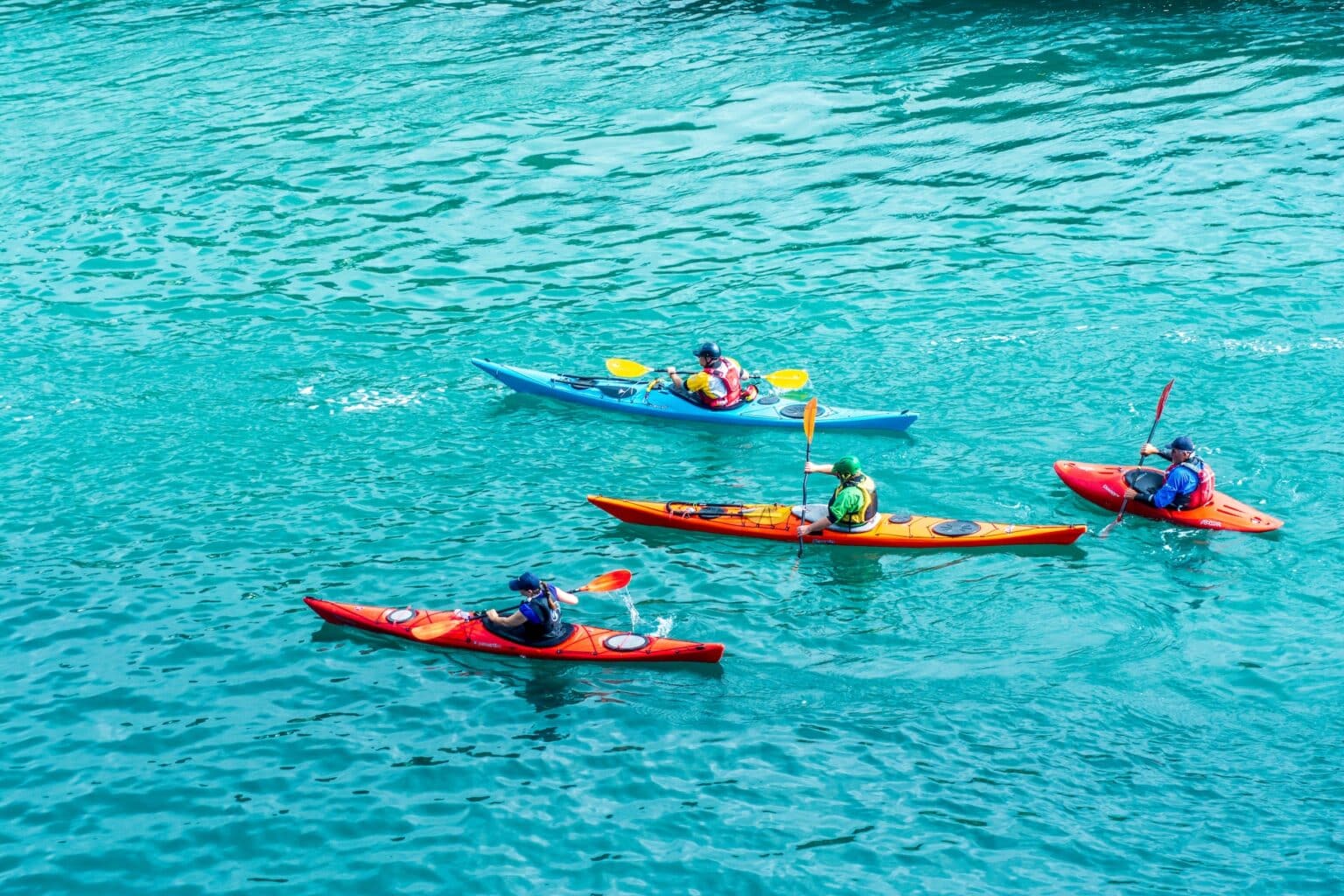
Calculating Calories Burned Per Hour
Basic Principles
Calculating the number of calories burned during an hour of kayaking can provide a more concrete understanding of this sport’s impact on your fitness goals. The basic principle for estimating calorie burn involves the use of metabolic equivalents (METs). METs give us an idea of how many calories a particular activity burns per minute, per kilogram of body weight. Oxygen consumption is another metric closely related to calorie burn; essentially, the more oxygen your body uses during exercise, measured in milliliters of oxygen per kilogram, the more calories you will burn.
The Math Behind It
Let’s break down the math to make it easier to understand. Generally, kayaking has a MET value between 4 and 7 depending on the intensity. The MET value can be used to estimate calories burned per hour.
You can get a close estimate of the calories burned during exercise with the help of the following formula:
Calories Burned per Minute = (MET value × 3.5 × body weight in kg) / 200
Calories Burned per Hour = Calories Burned per Minute × 60
For example, if you weigh 70 kg and you’re kayaking at a moderate intensity with a MET value of 5:
Calories Burned per Minute = (5 × 3.5 × 70) / 200 = 6.125
Calories Burned per Hour = 6.125 × 60 = 367.5
Therefore, you’d burn approximately 368 calories in an hour of kayaking. Keep in mind, that this is just an estimate and actual calorie burn can vary based on several factors like your metabolic rate, paddling speed, and water conditions. Here’s an easy to use online tool to calculate the calorie burn for kayaking.
By understanding these calculations, you can better plan your kayaking sessions and incorporate them into your broader fitness regimen.
Comparing Kayaking to Other Activities
Kayaking vs. Walking
Kayaking offers a unique blend of aerobic exercises and core strength training, often surpassing the benefits of a simple walk. While walking is a great low-impact exercise, kayaking engages more major muscle groups and burns more calories per minute.
Kayaking vs. Running
Running is often hailed as one of the ultimate cardio workouts. However, kayaking offers similar cardiovascular benefits without the high impact on your joints. Plus, it gives you the added benefit of an upper body workout, something running lacks.
Kayaking vs. Other Sports
Here’s a table comparing kayaking to other activities:
| Activity | Calories Burned per Hour (for a 150-pound person) | METs | Intensity |
|---|---|---|---|
| Leisurely Kayaking | 285 | 4 | Low |
| Moderate-Paced Kayaking | 357 | 5 | Moderate |
| Whitewater Kayaking | 500 | 7 | High |
| Walking | 195 | 3 | Low |
| Running | 580 | 8 | High |
| Swimming | 413 | 6 | Moderate |
| Cycling | 480 | 7 | High |
For the average person looking to diversify their exercise routine, kayaking provides a compelling option. Not only does it offer a change of scenery, but it also packs a punch in terms of calorie burn and METs. Whether you’re a fitness newbie or a seasoned athlete, kayaking is worth adding to your list of go-to activities.
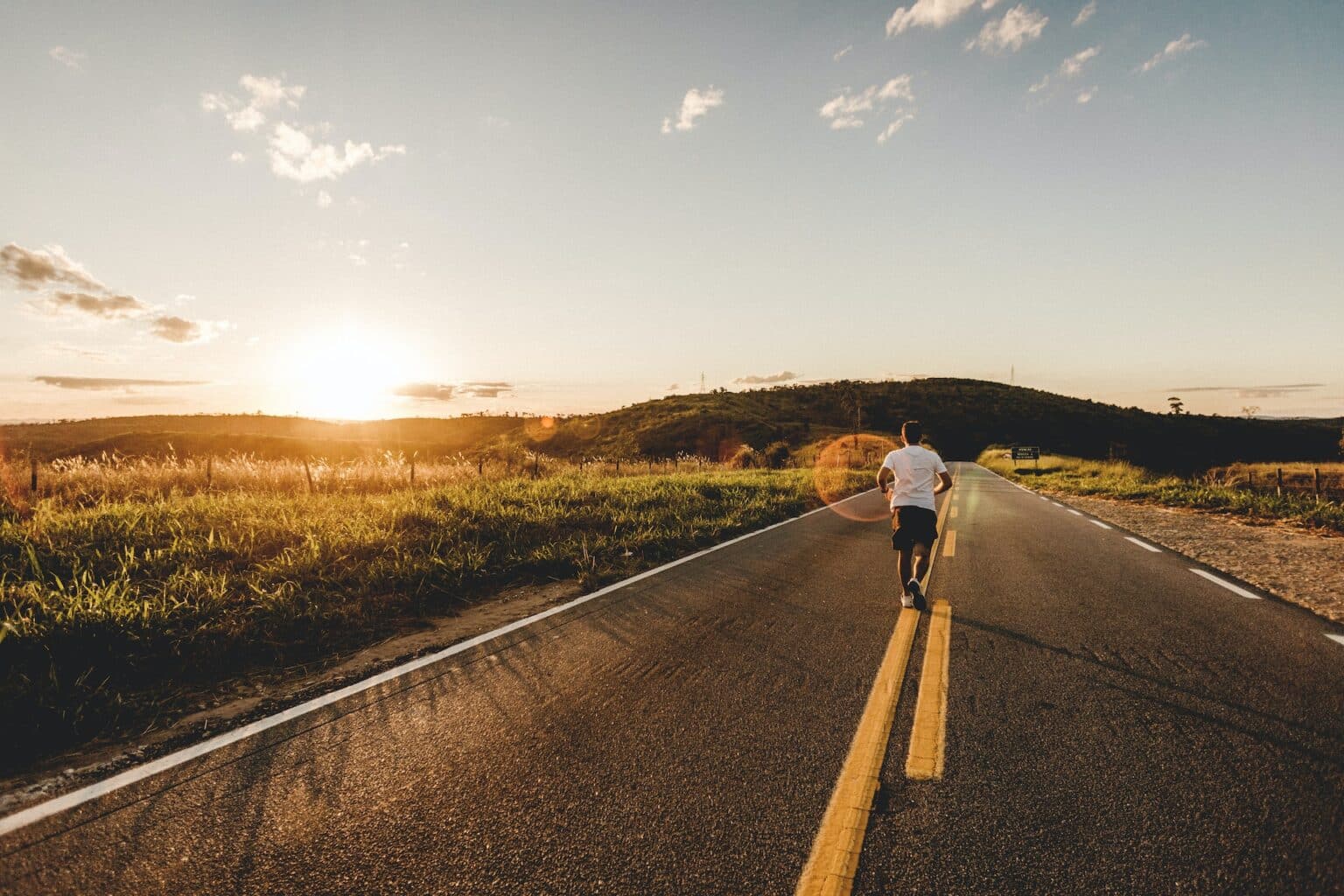
Is Kayaking for Cardio or Strength?
Cardiovascular Health
When it comes to cardiovascular health, kayaking certainly ticks the box. Paddling at even a moderate effort can get your heart rate up and improve blood circulation. If you’ve ever tried whitewater kayaking or racing, you’ll know that it can be a workout of vigorous effort, requiring a level of cardiovascular fitness similar to running or cycling.
Muscle Strength
Don’t underestimate kayaking’s ability to build muscle strength. The paddling motion works out major muscle groups in your back, shoulders, arms, and even your legs. Since kayaking involves a constant pushing and pulling action, you’ll find it’s an excellent way to tone and strengthen muscles.
So, which is it? Cardio or strength?
The truth lies somewhere in between. Kayaking offers a unique blend of both cardio and muscle-strengthening benefits. At a leisurely pace, kayaking is more of a moderate cardio exercise. However, when you kick it up a notch and navigate through rougher waters, you engage in both a cardiovascular and muscle-strengthening workout. It’s not often you find an activity that can offer the best of both worlds.
If your focus is cardiovascular health, you can definitely make kayaking a regular part of your fitness routine. Similarly, if you’re more interested in building muscle strength, kayaking has you covered as well. One thing’s for sure: you’re getting a full-body workout that makes every stroke count.
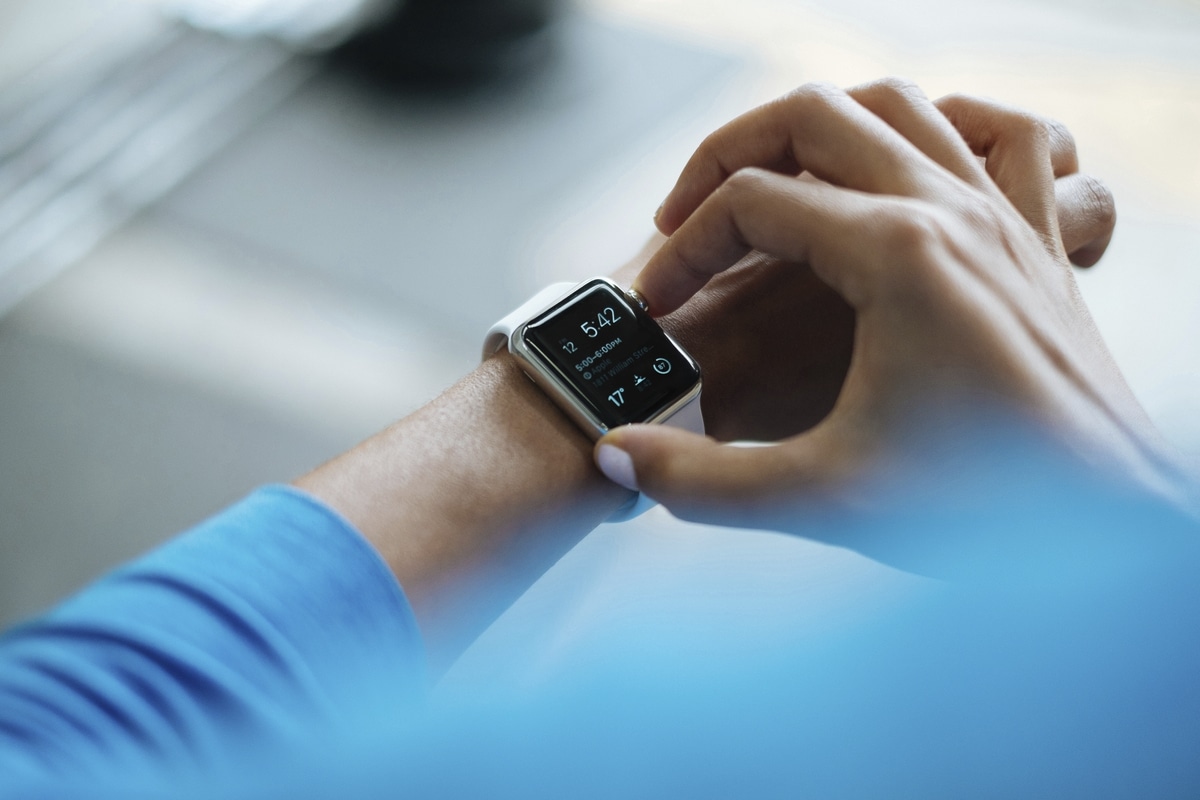
Muscles Worked During Kayaking
Upper Body Strength
Kayaking is great for building upper body strength. Each stroke you make activates a range of shoulder muscles, including the deltoids and rotator cuffs. Alongside shoulder muscles, the triceps and biceps are engaged as you pull and push the paddle through the water. Essentially, kayaking is like performing repetitive upper-body exercises but with the added benefit of enjoying nature.
Core Muscles
The importance of your core can’t be overstated when it comes to kayaking. Your abdominal muscles are continuously working to stabilize your body as you paddle. Even without realizing it, you’re engaging your obliques, the muscles at the side of your abdomen, when you’re turning or steering the kayak. Add in some turbulent water or the need for sharp maneuvers, and your core muscles are getting a real-time workout that rivals any gym session.
Leg Role
You might think legs play a secondary role in kayaking, but that’s far from true. Your legs are continuously active, pressed against the kayak for stability. Moreover, the legs participate in the rotational movement involved in paddling, engaging the hamstrings and quadriceps. Thus, your lower body also benefits from a kayaking adventure, even if it’s not as obvious as the work your upper body muscles and core are doing.
Kayaking is a fantastic way to engage a broad array of body muscles. Whether you’re interested in building your upper body, strengthening your core, or even getting some work done on your legs, kayaking provides a comprehensive workout.

How to Burn More Calories While Kayaking
Paddle Technique
The way you paddle can significantly impact the number of calories you burn. Proper paddling techniques involve not just your arms but your entire upper body, core, and even your legs. Engaging all these muscles with each stroke will help you burn calories more efficiently. Additionally, using the right technique will help you cover greater distances with less fatigue, meaning you’ll be able to kayak for longer periods. That translates to more calories burned overall.
Speed Variations
Maintaining a single pace might make for a relaxing day on the water, but if you’re looking to maximize calorie burn, consider adding speed variations to your kayaking routine. Instead of sticking to a moderate pace throughout, incorporate intervals of vigorous effort. For example, you might paddle as fast as you can for one minute, followed by two or three minutes of moderate or slow paddling to recover. This technique is commonly used in high-intensity interval training (HIIT) and can easily be adapted to kayaking.
So, if you’re keen on turning your kayaking venture into a high-calorie-burning expedition, focus on mastering proper paddling techniques and incorporating speed variations. These tweaks won’t just make your kayaking workout more challenging but also far more effective in shedding those extra calories.
Health Benefits of Kayaking
Mental Health
There’s something about being on the water that just melts stress away. Kayaking allows you to disconnect from the hustle and bustle of daily life, offering a unique form of mental health therapy. The rhythmic paddling and the soothing sounds of water can be meditative, helping to clear your mind and reduce anxiety. Plus, the sense of accomplishment after navigating through challenging waters can boost your self-esteem and mental resilience.
Heart Health
Kayaking is also an excellent cardiovascular workout. The constant paddling increases your heart rate, improving cardiovascular health. It’s a low-impact cardio workout that’s easy on the joints but effective for heart health. A study published in Springer discussed the health effects of outdoor water sports, including kayaking, on people with chronic diseases. The study found that regular participation in such activities could improve cardiovascular health (source).
Full-Body Benefits
While it might look like kayaking is all about the arms, it’s actually a full-body workout that engages everything from your toes to your fingertips. Your core, legs, back, and shoulders all come into play, making it a well-rounded exercise that builds muscle and burns fat. It’s also a versatile workout that can be adapted to focus on different muscle groups. Want to target your core? You can do that. Hoping to build upper body strength? Kayaking has you covered. On top of all that, it’s a cardiovascular workout, ensuring that your heart and lungs get a good workout too.
Kayaking offers a plethora of health benefits, both mental and physical. It’s a low-impact cardio workout that’s kinder to your joints than running but equally effective at building strength and improving heart health.
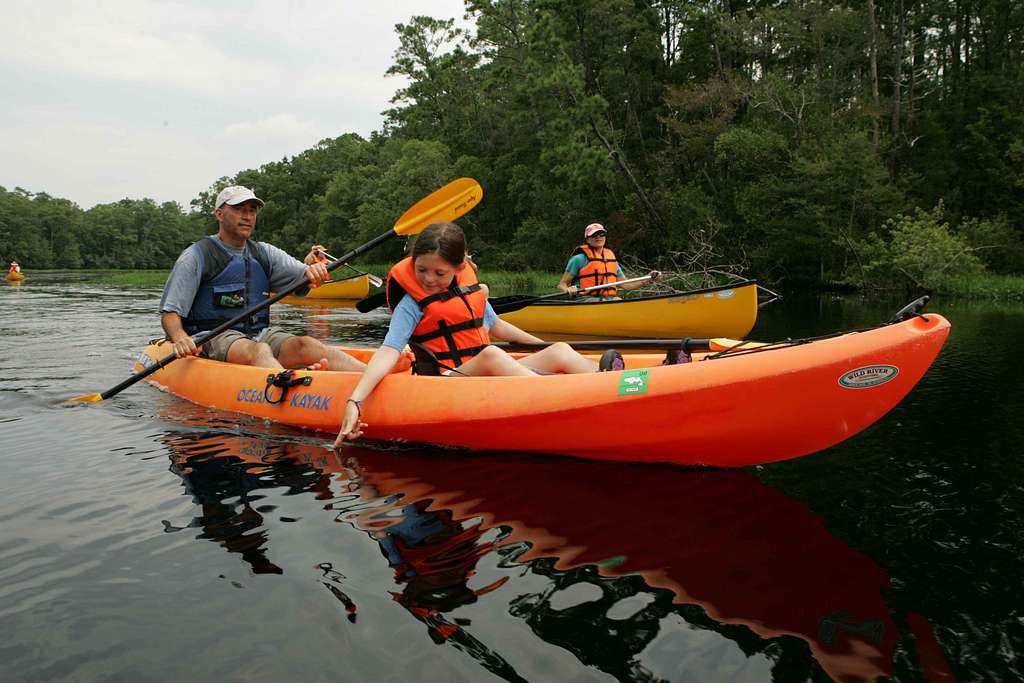
Frequently Asked Questions
How many calories does 30 minutes of kayaking burn?
On average, 30 minutes of kayaking can burn around 150 to 200 calories depending on various factors like your body weight and paddling intensity. Remember, this is a ballpark figure and individual variations may apply.
Is kayaking good exercise to lose weight?
Absolutely, kayaking can be an effective part of a weight loss regimen. It is both cardio-intensive and engages multiple muscle groups, ensuring a solid calorie burn. Combine this with a balanced diet, and kayaking can certainly aid in weight loss.
What are the health benefits of kayaking?
Kayaking offers a host of health benefits, including improved cardiovascular health, enhanced mental well-being, and muscle strengthening. It’s a low-impact workout, making it accessible to people of all ages.
What burns more calories: Walking or Kayaking?
Generally speaking, kayaking tends to burn more calories per hour compared to walking, especially if you’re paddling at a moderate to vigorous pace. The actual calorie count can vary based on your speed and intensity.
Is kayaking a full-body workout?
Yes, despite the perception that it only works your arms, kayaking actually engages your upper body, core, and even legs, making it a comprehensive full-body workout.
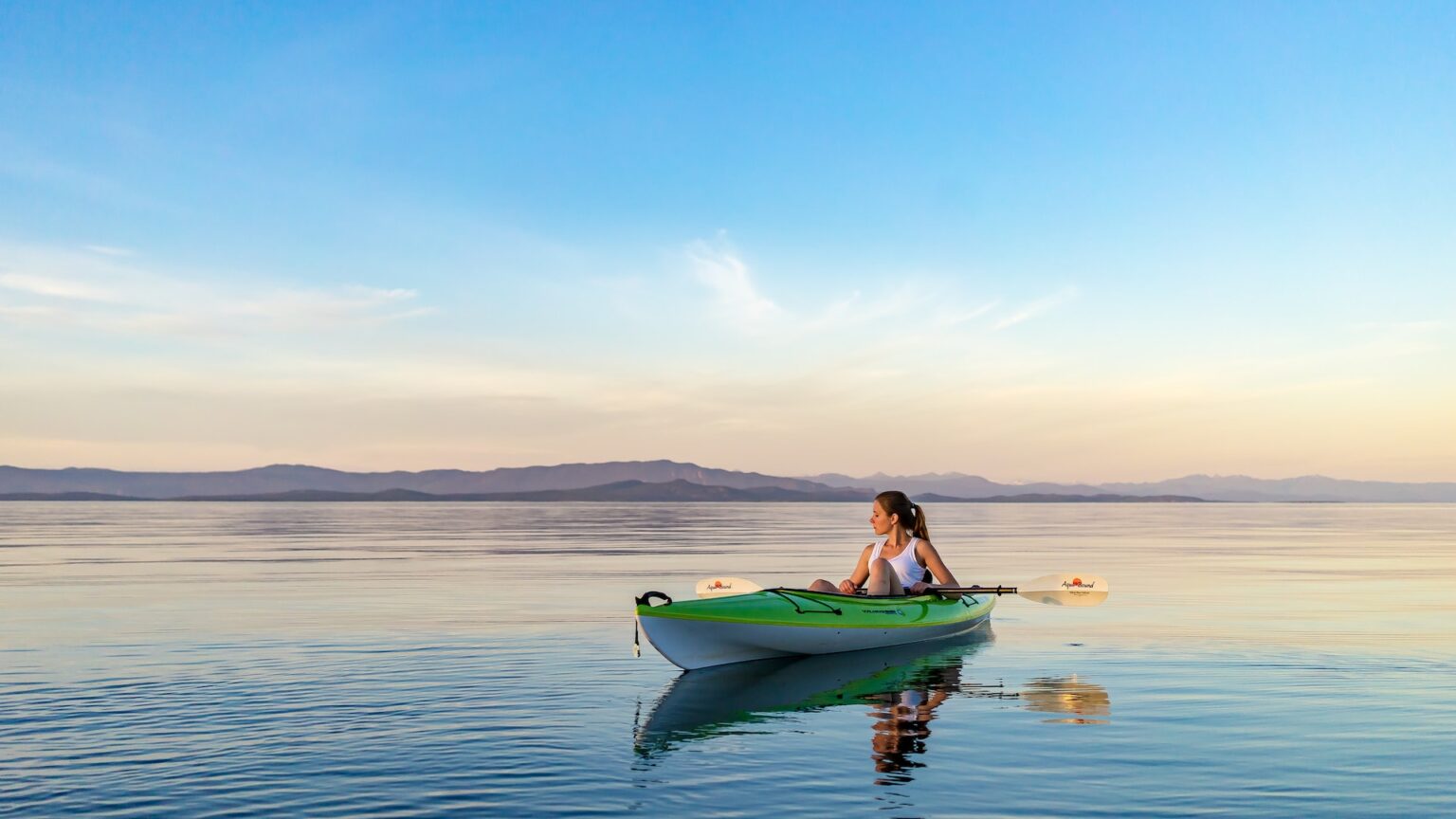
Conclusion – How Many Calories Does Kayaking Burn?
Incorporating kayaking into your fitness routine can be an exciting and effective way to achieve various fitness goals. Whether you aim for weight loss, reduced body fat, or simply a healthier lifestyle, kayaking offers a dynamic workout that impacts multiple muscle groups over a period of time. The calorie-burning potential of this activity makes it a compelling choice for those looking to shed pounds or maintain their current weight. Plus, frequent kayaking has benefits that go beyond the physical, touching on facets of mental and cardiovascular health as well.
If you haven’t tried kayaking yet, there’s no better time than now. It’s a unique blend of serenity and exertion that will have you hooked from the first paddle. For more insights into kayaking, don’t forget to explore other articles on The Sporting Edge. Happy paddling!

